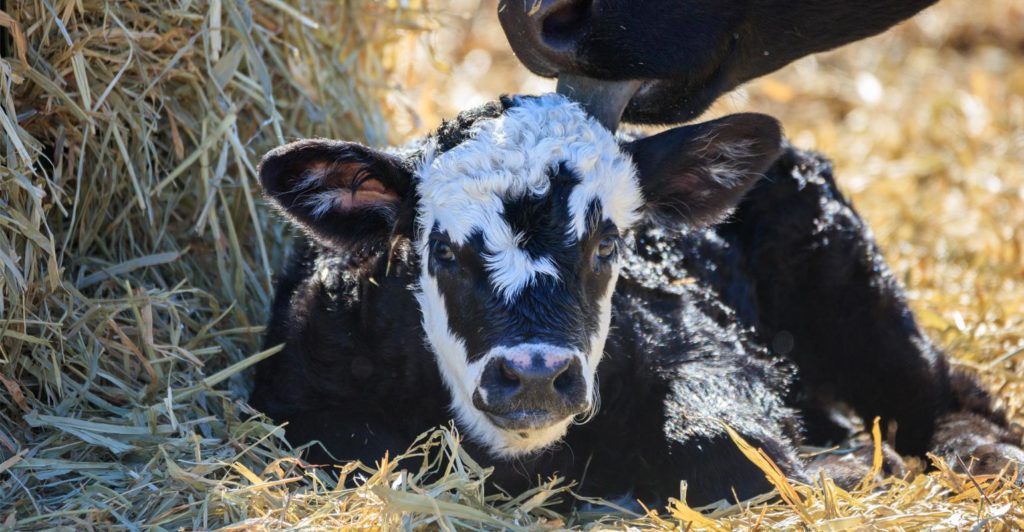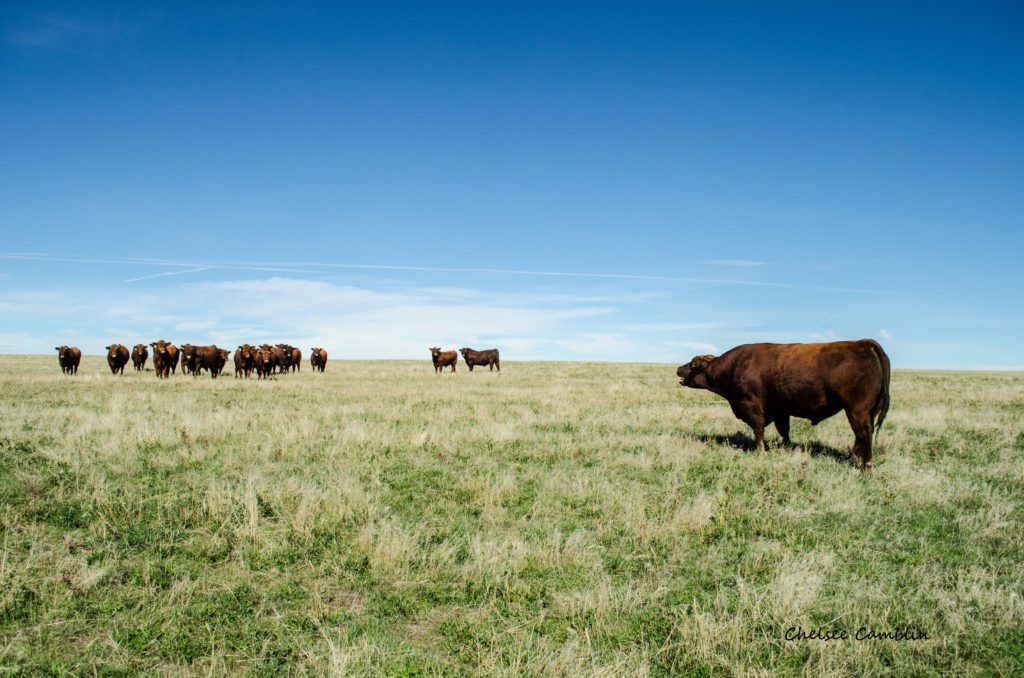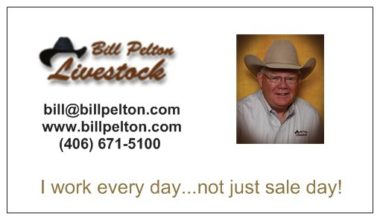Take proper actions and have right supplies to aid calving in cold conditions.
During cold, wet calving months, the key is to keep ranchers and animals dry and warm, says Lindsay Waechter-Mead, a clinical practice veterinarian at the University of Nebraska Great Plains Veterinary Educational Center.
Before heading to the barn, she says farmers should consider strapping on a headlamp (small light attached to a band) to allow hands-free lighting of the work area. She also recommends a pair of waterproof bibs. With cattle ranchers dry and warm, it is time to turn the focus on the comfort level of the cows and calves.
With many calves being born in cooler environments, she says it is imperative that the little ones be warmed, which can be achieved with a commercial calf-warming hut. If no warming hut is available, Waechter-Mead says a calf can be placed on floor mats of the farm pickup with the floor heat turned on. Also, an effective method is to submerge the calf in a tub of warm water, keeping the calf’s head above the water.
Regardless of which method is used, keep an eye on the calf so it does not overheat. “You need to make sure you have that thermometer out there and check often,” she says. “Usually by the time that calf gets to about 99 degrees [F], it’s going to be able to self-temperature-regulate outside of this heat source.”
Once the calf is removed from a warming hut, Waechter-Mead stresses the importance of keeping the unit clean. However, despite even the warmest calving conditions, there may be a time when medical intervention is necessary to save a calf.
Before the calving season starts, take inventory of your medication. Check the expiration dates. Any outdated medicine should be discarded and replaced. Make sure they have been stored properly.
Also, medications should only be administered under advisement from your herd veterinarian.
Keep a thermometer in the to check a calf’s temperature. Also pack 18- and 16-gauge needles, 6 cc and 12 cc disposable syringes, stainless steel bucket, tags and tagger, and calving record book.
Access to a clean calf jack can also pay dividends for a rancher, with the caveat of knowing how to use it, when to use it and when to stop using it. “Don’t be afraid to call for help,” she says.
Source: Kevin Schulz | Feb 11, 2021 BEEF Magazine
Photo: Martin Belli/ Getty Images











